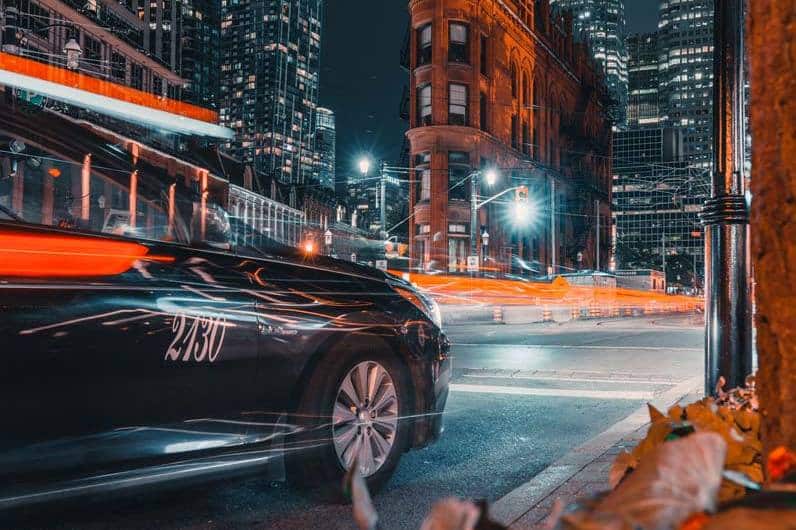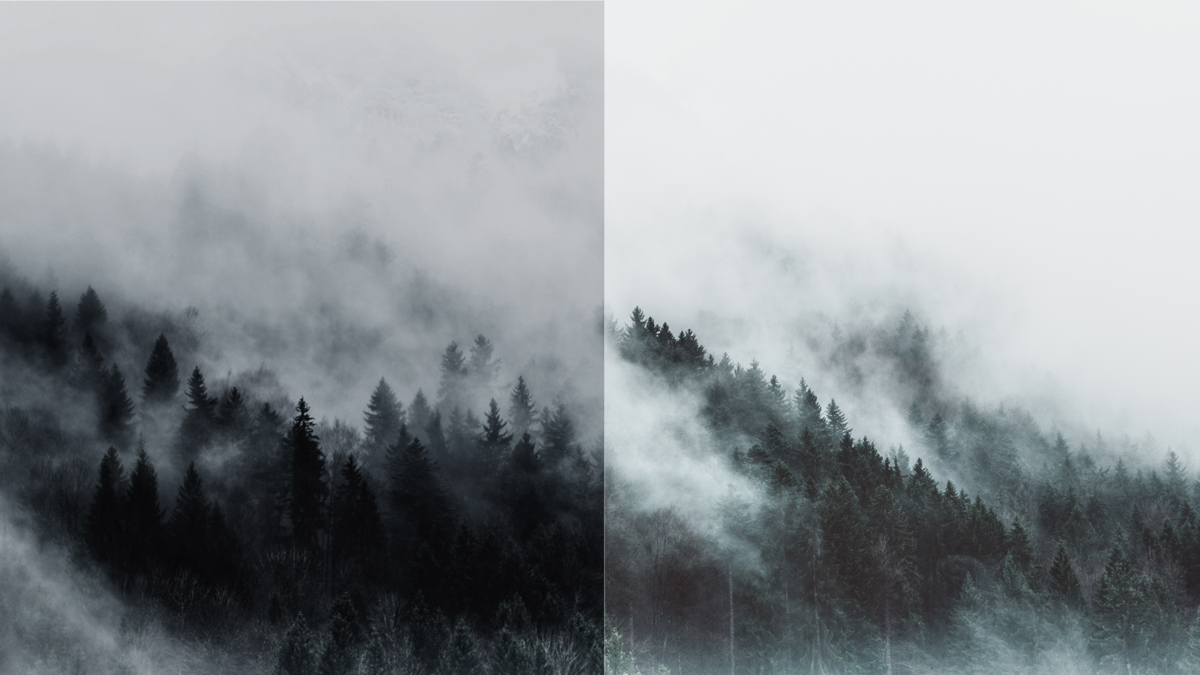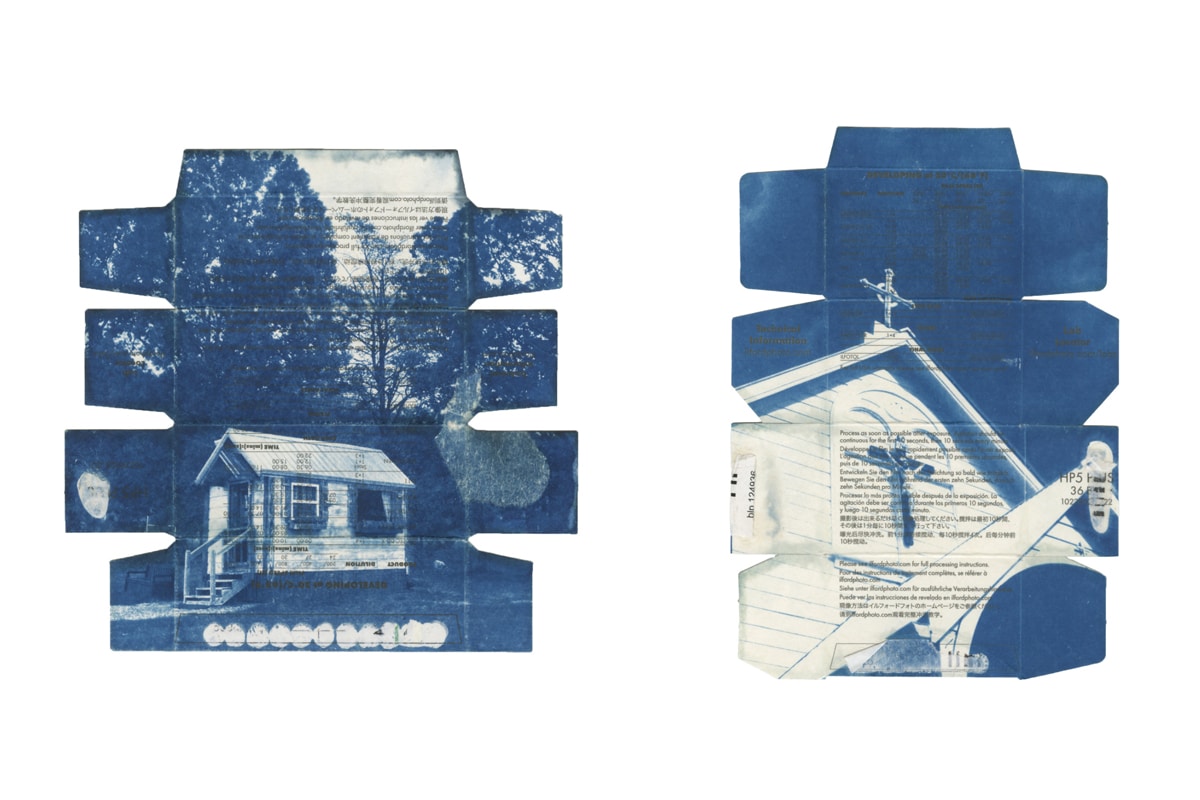Wondering how to do long exposure photography, but stumped on where to start? We’ve got you covered with our step-by-step guide on how to take amazing long exposure pictures, every time.
So What is Long-Exposure Photography?
Long exposure photography, also called slow exposure, requires the use of a long-duration shutter speed to take an image where stationary elements are sharp and moving elements are blurry or smeared. Many photographers use exposure photography to capture a landscape or shoot the stars at night. Taking long exposure photos is a great way to experiment as a photographer, and add some cool shots to your online photography portfolio. Having long exposure photography in your online portfolio website can help you stand out from the pack and showcase your skills as a photographer—and, hopefully, land more photography clients.
Choosing the Best Camera for Long Exposure
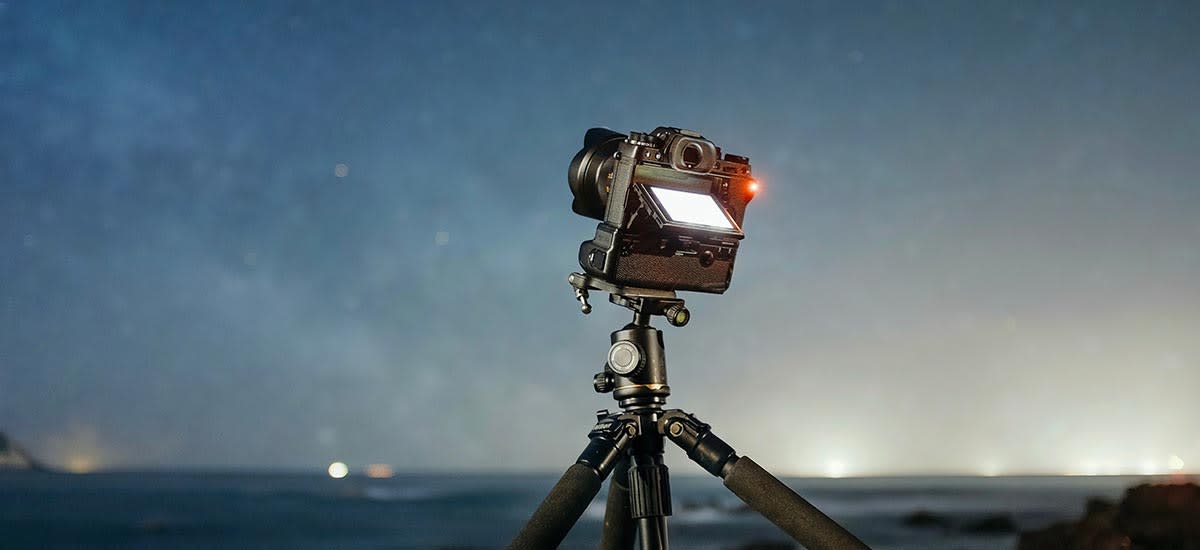
Use a Mirrorless Camera or a DSLR Camera
When it comes to getting the right gear for exposure photography, having a camera with a manual mode and a bulb mode is essential. You should be able to manually adjust the shutter speed, ISO, and aperture on the camera so you can find the right settings for long exposure shots. If you plan to take a lot of photographs, particularly long exposure shots, consider investing in a mirrorless camera or a DSLR camera. While you don’t necessarily have to buy the most expensive one available, a quality camera with a manual and bulb mode makes for a great long exposure camera.
While you’re shopping for a camera, check if it comes with a remote shutter release, which allows you to release the shutter from a distance. If the camera does not come with this feature, consider buying one that attaches onto your shutter, making it easier for you to capture long exposure shots.
Use a Tripod
Another key piece of gear for long exposure photography is a decent quality tripod. Using a tripod will ensure your camera is locked in place and remains steady enough to capture long exposure shots. Avoid cheap tripods made of aluminum, as they won’t last long, especially if you plan to do exposure photography outdoors. Instead, go for a tripod made of quality metal, with legs sturdy enough to stay up in water and withstand strong winds.
Picking the Best Weather and Location for Exposure Photography
Check For Clouds
If you plan to shoot long exposure pictures outdoors in the daytime, pick a cloudy day. A cloudless sky may look great to the naked eye, but it can result in a flat image on film. Consult the weather report for the day to make sure you, and your gear, won’t get rained on. You want cloudy, not stormy, skies!
Choose a Location with Stationary and Moving Elements
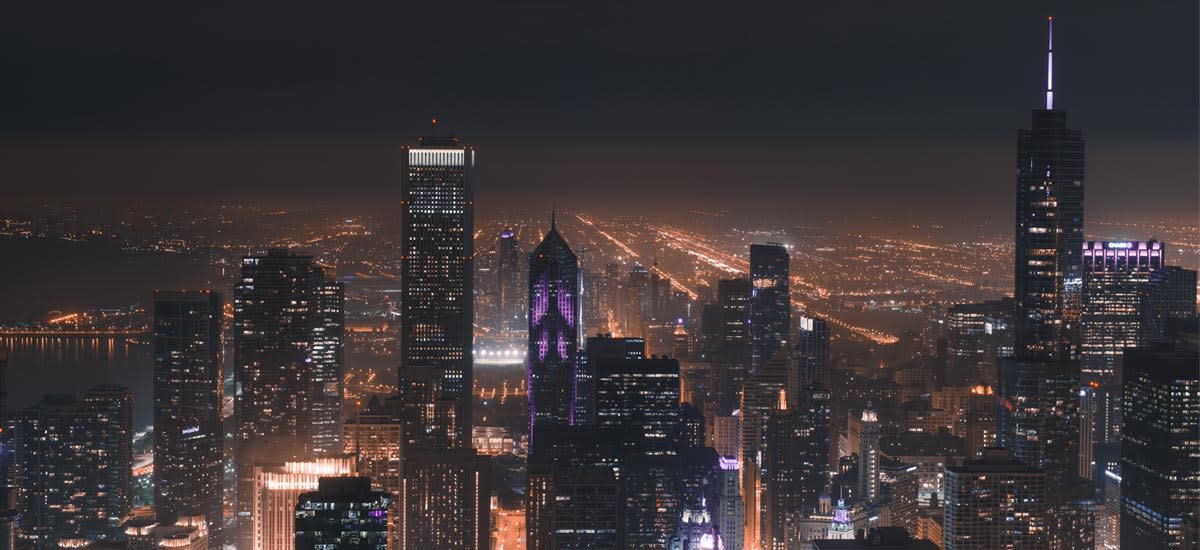
Look for a location that has a mix of visual elements that are stationary and moving, such as trees by a flowing river or a highway with speeding cars. Pick a location that is not in direct sunlight or bright light, as this can cause overexposure and glare.
When you’re doing long exposure photography, it’s important to scout out possible locations for before you shoot. Spending some time mapping out the perfect composition will result in better long exposure photography and make all your prep worth the effort. Do a search for locations on Google Earth or use landscape photography apps to scout some spots. If you can, visit potential locations for a long exposure shoot in person to confirm they will work before you set up.
Setting Up the Long Exposure Shot
Lock the Focus on the Camera
Once you have picked the ideal location and day, mount your camera on the tripod so it can remain in place for the slow exposure time. If you’re using a remote shutter release, install it on the shutter so you can take the long exposure shot at a distance. Set the camera to manual focus and use the viewfinder on the camera to focus on the stationary element in the image, such as a tree, rock, or building.
If you’d prefer to focus with the autofocus mode, half-press the shutter button down so the camera can focus on the stationary element for you. Then, keep holding the shutter button down and switch the lever from autofocus to manual. This will keep your camera in focus for the entire long exposure.
Set the Exposure
Make sure your camera is set to manual mode, or aperture priority mode. Then, set the aperture to the right value for the composition. For example, if you’re shooting a long exposure landscape, use an aperture setting between f/8 and f/11.
Check the viewfinder to make sure you are satisfied with the composition and then take a test shot. Look at the histogram on the camera to confirm the image sits in the middle of the scale, not too far right (underexposed) or too far left (underexposed).
Add a Long Exposure Filter
A neutral density filter is a valuable tool for long exposure photography, as it will help you create a well-exposed image. This filter can be screwed on or dropped over the lens in your camera, and controls the amount of light that reaches the camera’s sensor. By using a long exposure filter, you can shoot at a slower shutter speed without having to worry about over or underexposing the image.
Neutral density filters come in different strengths, from 3-stop to 10-stop, and higher. The higher the strength of the filter, the more exposure time you are going to need to create a well-exposed image.
Taking the Slow Exposure Image
Switch to Bulb Mode
Now that you’ve added a long exposure filter to the lens, make sure the camera is set to bulb mode, as this will let you shoot images beyond the normal 30-second limit of the camera. Leave the ISO and aperture settings as is.
Determine the Exposure Time
To determine how long you need to leave the shutter open on the camera, factor in the strength of the long exposure filter with the camera’s aperture setting. For example, if you set the camera at f/15, and you are using a 10-stop strength filter, you will add 10 stops to the f/15, which means you will leave the shutter open for 60 seconds.
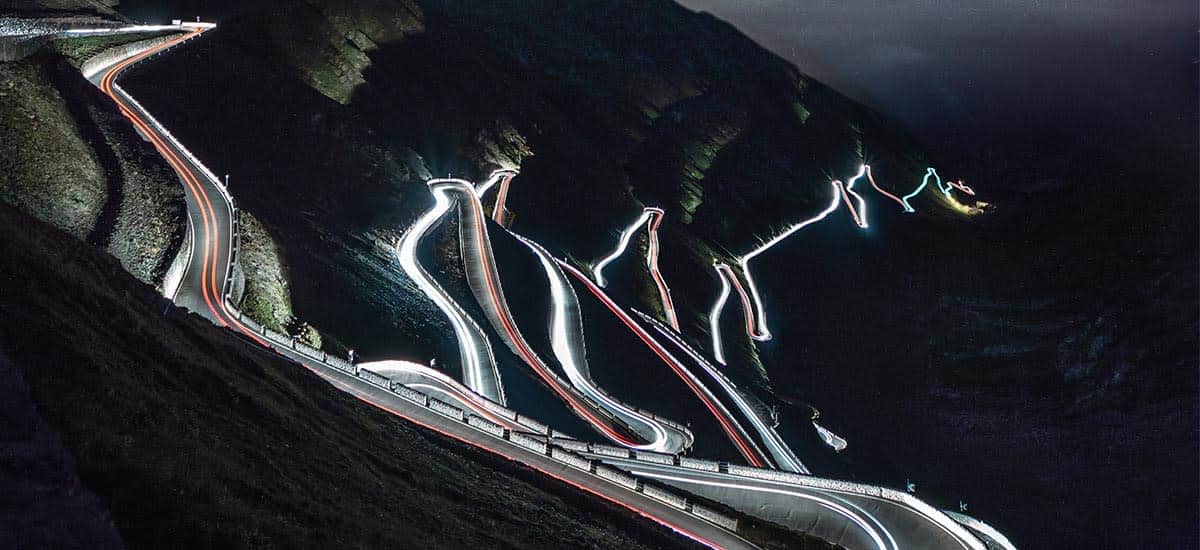
Confused by all the math involved? Never fear, there are conversion tables you can access and apps like NDTimer you can download onto your phone to make figuring out the exposure time easy.
Once you’ve let the shutter stay open for the correct amount of time, you should have an amazing time exposure image. To be sure, check the histogram on the camera to confirm the image is properly exposed. You may need to adjust the exposure setting to get the slow exposure image just right. Try a few different settings until you find the sweet spot, and can shoot well-exposed images, every time.
Showcasing Your Long Exposure Photos
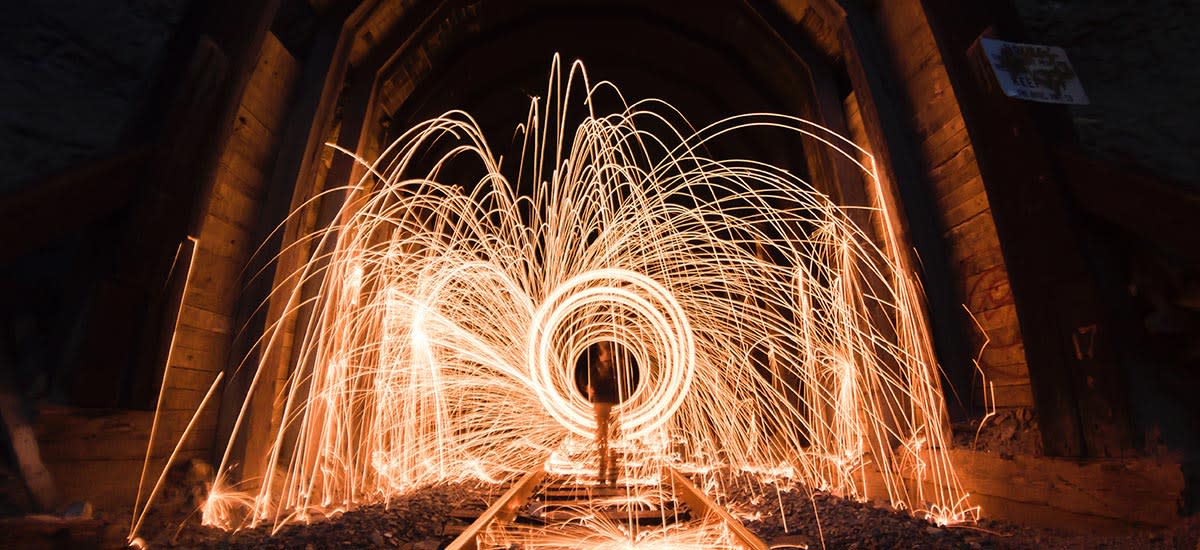
Armed with these long exposure photography ideas, and a step-by-step guide, you’ll be off shooting in no time. Once you’ve created great long exposures of the stars and amazing slow exposure shots of landscapes, don’t let them stay hidden on your desktop. Show them off in an online photography portfolio! Don’t have one yet? Building an online portfolio is easy with the right website builder. Pick an online portfolio with fresh, modern templates, to show off your amazing long exposure shots, and a built-in online store, in case you want to sell prints of your best ones.
Creating long exposure photos takes a little work, but, oh, is it worth it! Good luck!
Lead photo by Tudor Stanescu, a night photographer from Toronto, Canada.
Want more photography reads?
Here Are The Very Best Landscape Lenses
11 Different Types of Photography to Help You Become a Better Photographer
The 21 Best Photography Workshops in The World
